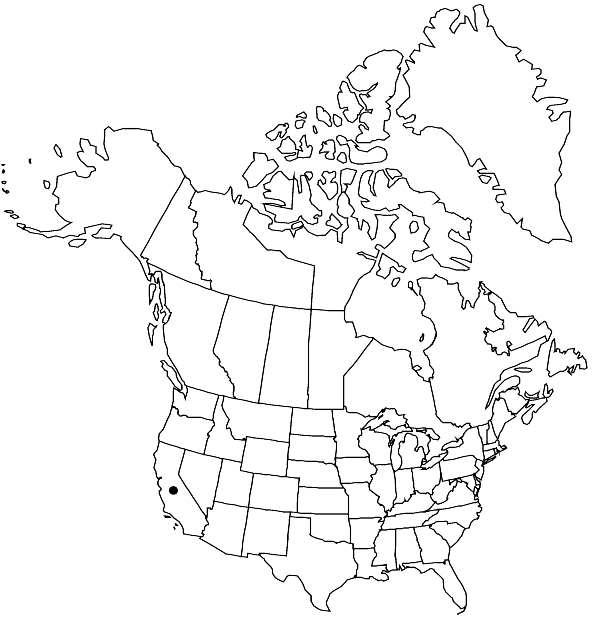Entosthodon kochii
Bryologist 58: 12, figs. 16–19. 1955,.
Plants 2–3 mm, yellowish. Leaves mostly variously contorted when dry, ovate to oblong or obovate, imbricate, somewhat concave, 0.5–1.2 mm; margins entire; apices broadly acute, often ending in a 1–2-celled apiculus; costa ending 4–7 cells before the tip; basal laminal cells rectangular, distal cells hexagonal to oblong-hexagonal, not differentiated at the margins. Seta 3.5–7 mm. Capsule short pyriform with neck shorter than the spore sac, 1–1.4 mm; exothecial cells thickened, narrowly oblong and transversely elongate in 5–7 rows proximal to the mouth; operculum planoconvex; peristome single, teeth narrowly lanceolate, finely papillose, or weakly papillose-striate below. Calyptra not seen. Spores 17–19 µm, finely papillose and angled.
Habitat: River banks on newly exposed soil
Elevation: moderate elevations
Discussion
The description above is derived from H. A. Crum and L. E. Anderson (1955), who remarked, “The most distinctive feature of E[ntosthodon] kochii is the teeth of the peristome which are well developed and similar to those of E. bolanderi or E. sonorae (Cardot) Steere (= E. bartramii Grout) except that they are not or only faintly striate. The broadly acute leaves, small capsules, and smaller spores separate this species from E. bolanderi and E. sonorae. Both frequently possess a rudimentary endostome. D. H. Norris and J. R. Shevock (2004) reported three additional county records for California.
Selected References
None.
